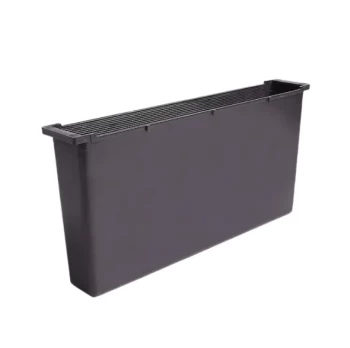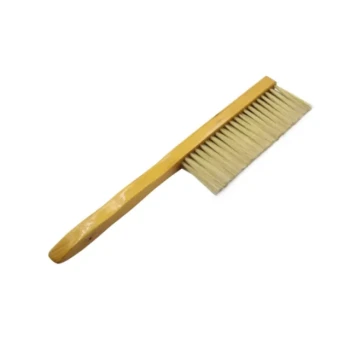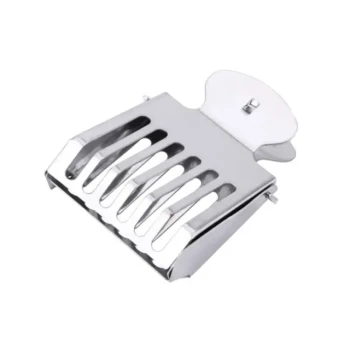The rate at which you feed bees is one of the most powerful signals a beekeeper can send to a colony. Slow, continuous feeding simulates a gentle nectar flow, which encourages the queen to increase egg-laying and expand the brood nest. In contrast, rapid, high-volume feeding mimics a massive nectar bonanza, triggering the bees' instinct to quickly process and store the food for the future.
Your feeding method is not just about providing calories; it's a form of communication. By controlling the rate of feeding, you are telling the hive whether to invest in growing the population or building up emergency reserves.
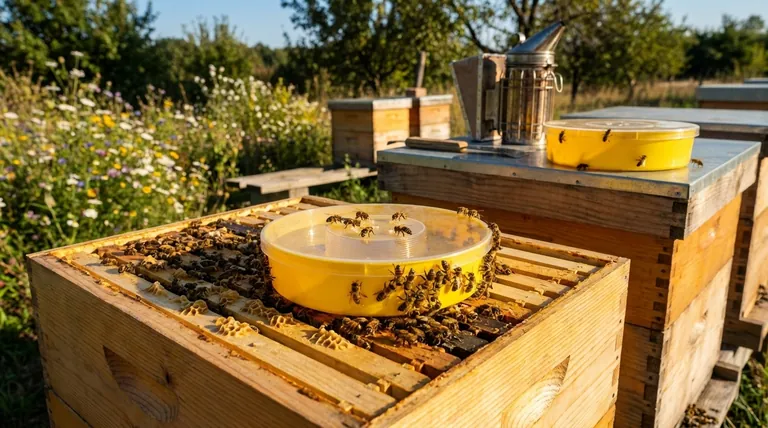
The Psychology of the Hive: Mimicking Nature's Signals
A honey bee colony's behavior is driven by instincts honed over millions of years of evolution. Their response to feeding is tied directly to how they interpret the availability of resources in their environment.
Slow Feeding: The Signal to Grow
A slow, steady supply of sugar syrup closely resembles a light but consistent natural nectar flow, typical of early spring or a mild autumn.
This signal tells the colony that resources are reliable and the environment is stable. The queen responds to this positive outlook by increasing her rate of egg-laying to build the workforce.
The primary goal of slow feeding is stimulation. It encourages the bees to consume the feed for their immediate energy needs and to raise more brood, rather than storing it long-term.
Rapid Feeding: The Signal to Store
A large, sudden influx of syrup mimics a major nectar event, like a field of clover in full bloom. The colony's instinct is to take maximum advantage of this temporary bounty.
This triggers a hoarding response. Forager bees will gorge on the syrup and transfer it to house bees, who will immediately begin storing it in any available empty cells.
The primary goal of rapid feeding is storage. This is ideal for helping bees build up their winter reserves but can have unintended consequences if done at the wrong time.
Understanding the Trade-offs and Risks
While powerful, both methods come with potential downsides that require careful management. Understanding these trade-offs is critical to using feeding as an effective tool.
The Dangers of Rapid Feeding
The most significant risk of rapid feeding is making the colony "honey bound" (or in this case, "syrup bound").
If the bees store the syrup in the brood nest, it fills cells that the queen needs for laying eggs. This can severely restrict population growth, which is counterproductive if your goal is to build up a strong colony for pollination or a honey harvest.
Additionally, large open feeders can pose a drowning risk to bees if proper precautions, like floats or ladders, are not used.
The Dangers of Slow Feeding
Slow feeding can create a constant, faint scent of sugar syrup around the hive. While weak, this can be enough to attract robbing from stronger, nearby colonies.
This risk is especially high during a nectar dearth when other colonies are desperate for resources. An entrance reducer is often essential when slow feeding a weaker colony to help them defend their home.
Furthermore, slow feeding is not an effective method for saving a colony on the brink of starvation, as it doesn't deliver the necessary volume of food quickly enough.
Matching Your Feeding Strategy to Your Goal
Your choice of feeding rate should always be a deliberate decision based on a clear objective for the colony.
- If your primary focus is stimulating spring brood growth: Use a slow, continuous feeder to encourage the queen to lay without filling the brood nest with syrup.
- If your primary focus is preparing a colony for winter: Use a rapid, high-volume feeder in the fall to help the bees quickly build up their essential winter stores.
- If your primary focus is helping a new colony draw out comb: Use a rapid feeder to provide the immense carbohydrate resources needed to produce wax and build their home.
- If your primary focus is preventing imminent starvation: Use a rapid feeder to deliver a large volume of calories as quickly as possible.
By understanding these fundamental signals, you move from simply feeding your bees to actively guiding their seasonal success.
Summary Table:
| Goal | Recommended Feeding Rate | Key Effect on Hive Behavior |
|---|---|---|
| Stimulate Spring Brood Growth | Slow & Continuous | Encourages queen to lay more eggs for population growth. |
| Prepare for Winter | Rapid & High-Volume | Triggers bees to store syrup as essential winter reserves. |
| Help a New Colony Draw Comb | Rapid & High-Volume | Provides carbs needed for wax production and hive building. |
| Prevent Imminent Starvation | Rapid & High-Volume | Delivers a large volume of calories quickly for survival. |
Guide your hives to peak productivity with the right equipment.
At HONESTBEE, we understand that effective feeding is a cornerstone of successful apiary management. We supply commercial apiaries and beekeeping equipment distributors with the durable, high-volume feeders needed to implement these strategies effectively, whether you're stimulating spring growth or ensuring winter survival.
Contact our expert team today to discuss your wholesale needs and discover how our supplies can help you communicate more effectively with your bees for a healthier, more productive operation.
Visual Guide
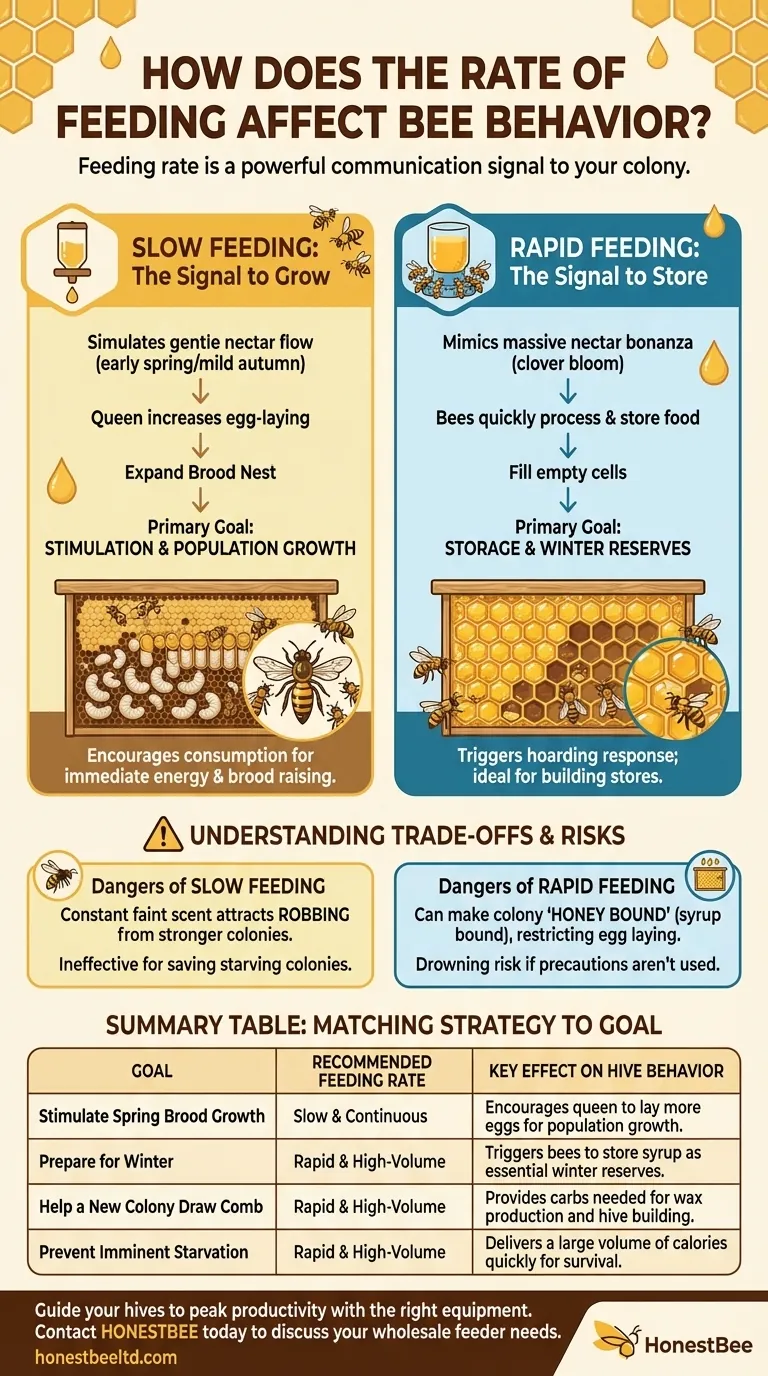
Related Products
- HONESTBEE Round Hive Top Bee Feeder for Syrup
- Professional Hive Top Bee Feeder for Beekeeping
- Professional Hive Front Entrance Bee Feeder
- HONESTBEE Entrance Bee Feeder Professional Hive Nutrition Solution for Beekeeping
- HONESTBEE Professional Hive Top Bee Feeder Feeding Solution
People Also Ask
- Why is a top feeder essential for bees? Ensure Colony Health and Efficiency
- What are the features of top feeders for bees? Maximize Hive Health with Safe, High-Capacity Feeding
- How do you set up and use a top feeder for bees? A Step-by-Step Guide for Safe Feeding
- What can the round hive top feeder be used for? A Guide to Efficient, Safe Bee Feeding
- What safety features are included in top feeders? A Guide to Drowning Prevention and Hive Safety











